We’re embracing the warm weather with some fun summer activities.
Real, free play – a chance to get a little messy and have fun without constraints – is so important for young children, and helps them develop and improve their motor skills, co-ordination and concentration. It also encourages independence, collaboration, exploration, problem solving and creative thinking.
Here are six fun summer activities we encourage you to try this week.
1. Fizzy ice chalk
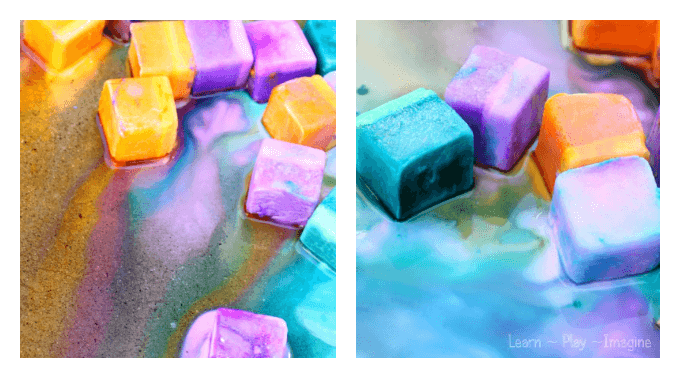
This is so much fun for kids – and adult! And super easy to make. Children can get involved in the making, as well as playing afterwards.
Chalk cubes are made in the freezer with three ingredients and frozen in an ice cube tray. Pop the ice chalk put of the trays and they’re ready to use! Hosing down the road/patio can help blend the colours beautifully, but isn’t necessary at all.
Once the ice chalks has sufficiently melted and mixed, it’s time to have fun with squirting vinegar to make the chalk ‘erupt’ and fizz!
We recommend this excellent step-by-step method from Learn Play Imagine.
2. Animal Kingdom races
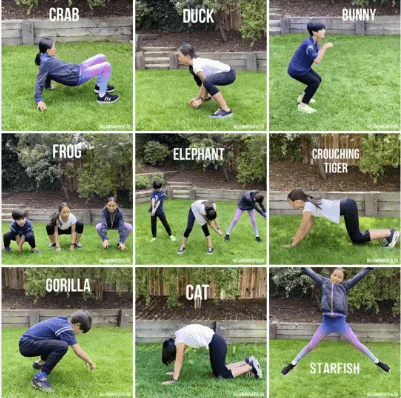
What animal might win the race – crab, duck, bunny, frog, elephant… or maybe even a starfish?! Keep children moving, fit and having fun with these hilarious animal exercises. They’ll love pretending to be one of their favorite animals!
Here’s a great video from hellowonderful.co to get started.
3. Yoga
Here are 14 easy yoga poses for kids from Great Wolf Tales.
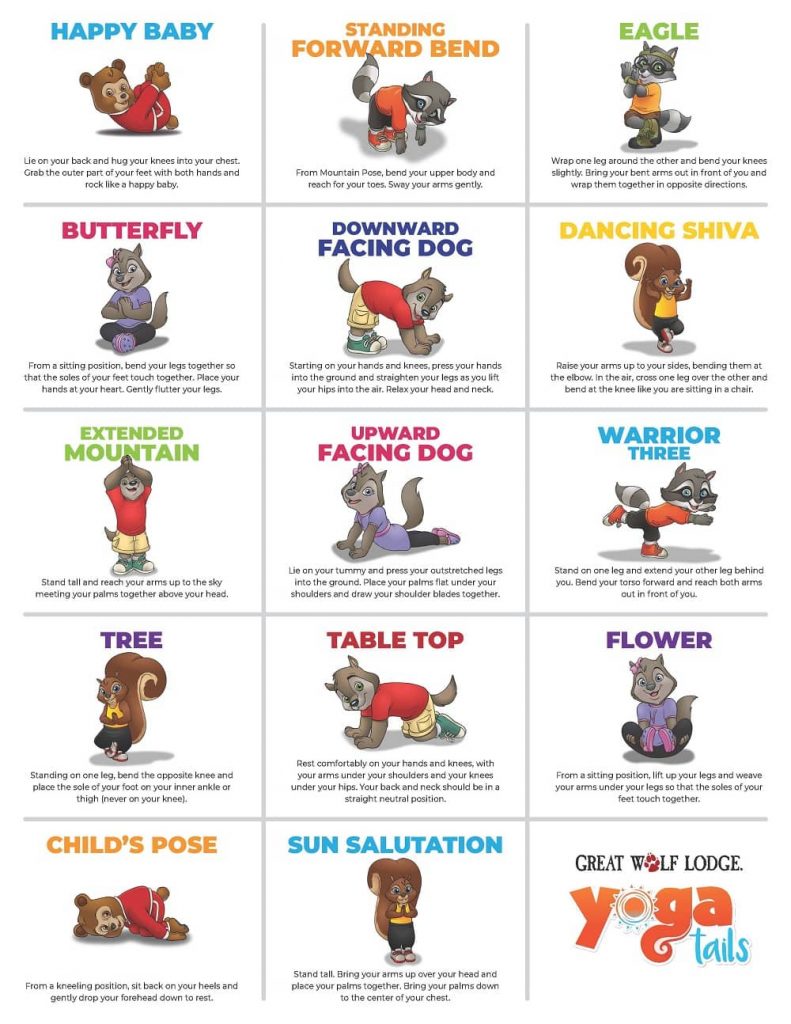
4. Toy washing station
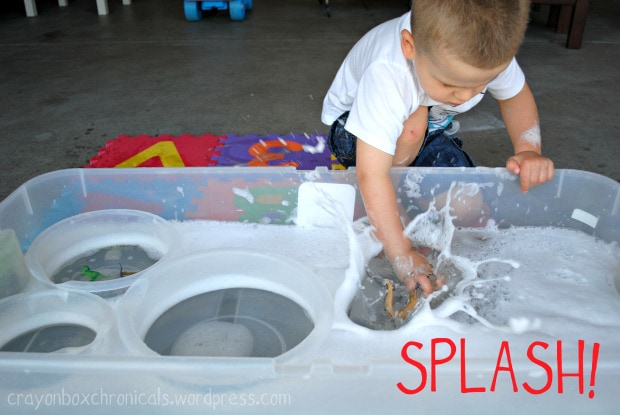
Image: Crayon Box Chronicles
This is super easy to set up and so much fun for little ones to spalsh around with. Kids can scoop, pour, whilst, scrub and dry toys in any way they wish!
Supplies
- Large container
- Washing up liquid/soap
- Washable toys, e.g. wooden animals, dolls etc
- Bowls, sponges, ladles, spoons and other utensils
- Towels
- Fill the container with warm water and washing up liquid/soap.
- Place the bowls in the water, some filled with water, some not.
- Here’s where children can have ultimate free play – using the main container for washing, a bowl for rinsing, another bowl for ‘drying’… the options are endless.
5. Squishy colour bags
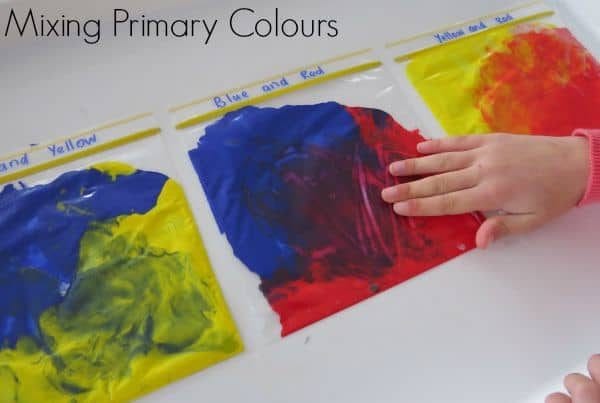
Image: Learning 4 Kids
This a wonderful sensory activity for children to experience how colours mix. They can use their hands to squash the bags and create new colours.
Supplies
- Large tray
- Water paints (red, blue and yellow are the minimum number of colours that can be mixed to make the greatest number of secondary colours)
- Clear plastic zip-lock lunch bags
- Sticky tape
Method
- Add a few squeezes of paint to each bag, starting with one colour in each corner, ad using three in some bags (being careful to keep them separate). Zip the bags closed. Feel free to double-bag if you’re worried they might split!
- Use sticky tape to seal the squishy bags. You can also stick the bags down to the table to keep them in one place and help younger children with control over ‘squishing’.
Help children identify what’s happening by explaining how each colour is blending with the others, and asking them to repeat the colour names. It’s also a great opportunity to ask questions like “which colours made purple”?
For younger children, just feeling the consistency of the paints and seeing the colours mix are great sensory experiences.
6. Looking for Spaghetti Worms
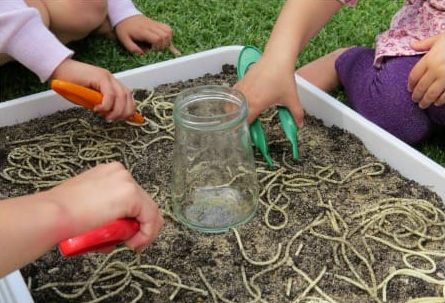
Image: Learning 4 Kids
Possibly the messiest – but also one of the most fun activities! It’s amazing what a little mud and some cold spaghetti can do to keep children entertained.
Supplies
- Container (large tray or bowl)
- Sand or soil from the garden
- Cooked spaghetti
Method
- Wet the soil or sand and make sure it’s not packed down too tighlty (spaghetti can break easily under too much weight)
- Place the strands of spaghetti on top of the soil, covering some lightly and burying some deeper down
Children can use their hands to dig out the spaghetti worms from the soil. For more of a challenge for older children, they can try lifting the worms out with BBQ tongs or tweezers.
Extra ideas to add to the sensory experience: counting ‘worms’ as they’re saved from the mud, and measuring the lengths of the worms.
Here are some other ideas from previous blogs, like making playdough, a 7 Day recipe challenge, bake Spitzbueb biscuits, and activities that teach children about sustainability.
